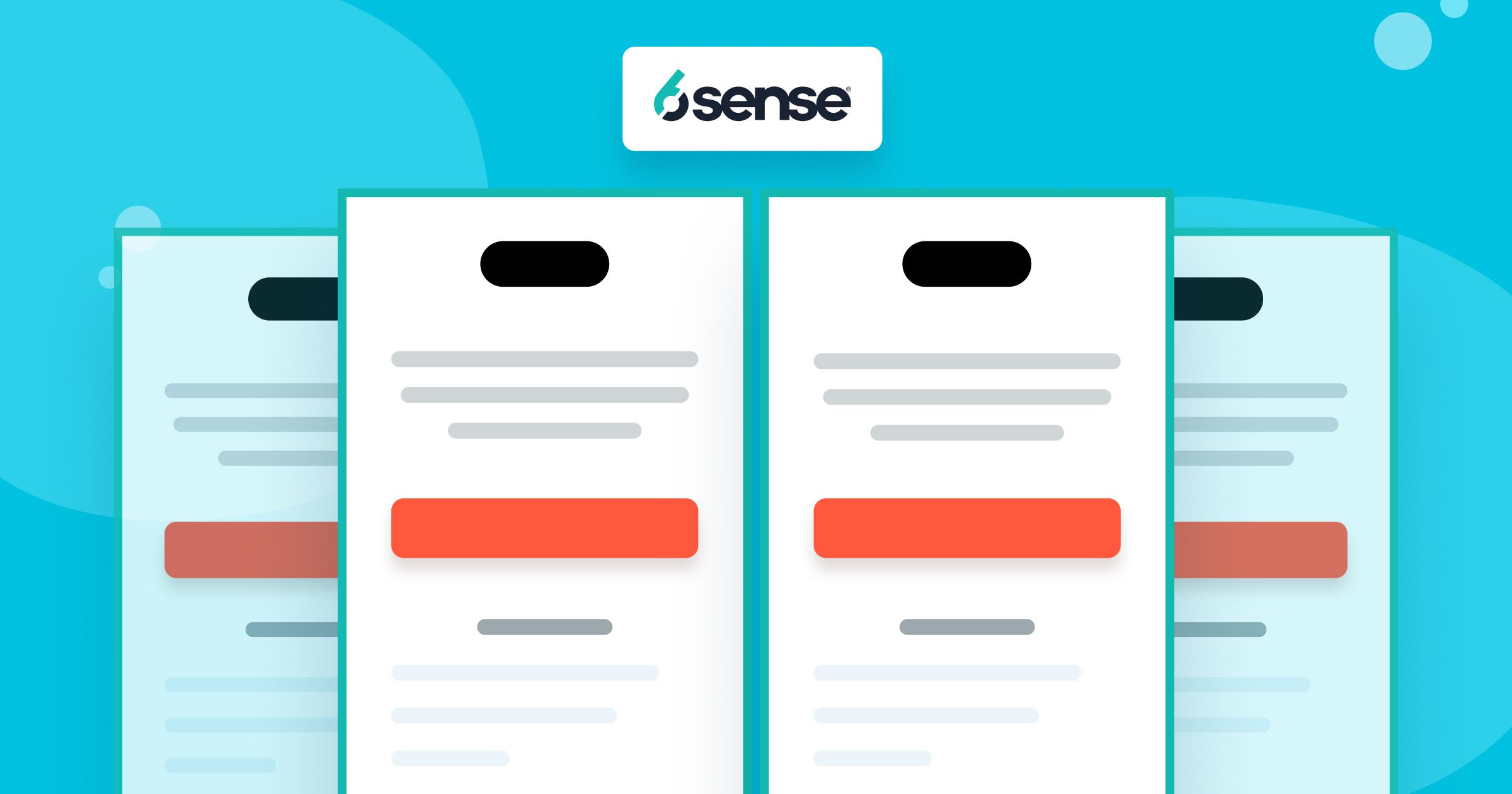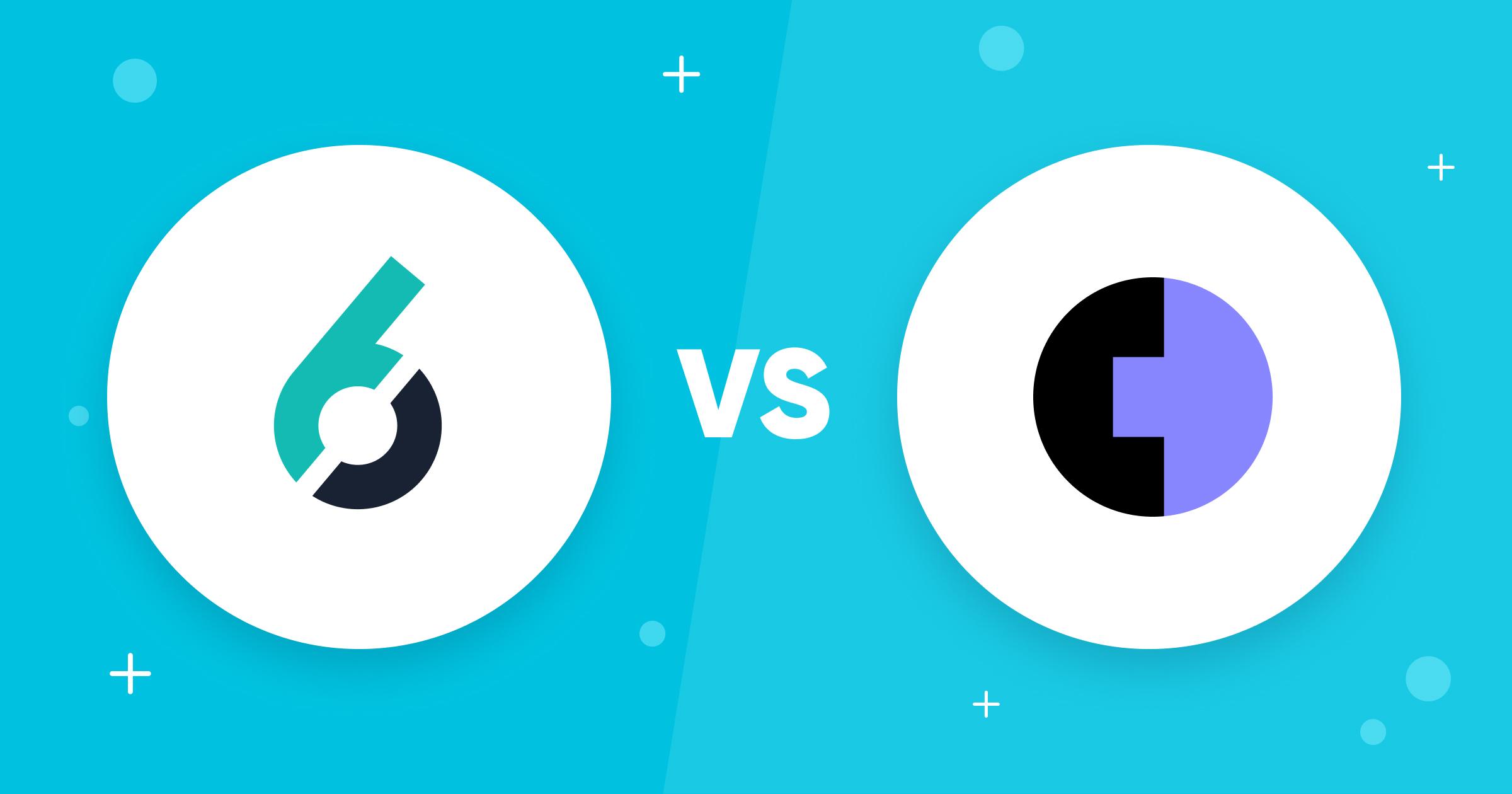As B2B commerce digitizes, 2024 brings significant shifts in financial transactions, from declining check usage to surging virtual cards and cryptocurrencies. Finance leaders can optimize efficiency by understanding key payment trends like automation and cross-border solutions.
8 B2B Payment Trends to Be Aware of in 2024
From surging virtual card adoption to declining checks, businesses now have access to fast, seamless financial processes unheard of just years ago. This section explores the eight most important payment trends technology leaders and finance chiefs should have on their radar in the coming year and beyond. Getting up to speed on innovations in areas ranging from blockchain to cross-border solutions will be essential for successfully optimizing B2B prospecting. By leveraging the right mix of emerging payment capabilities, enterprises can reduce friction, costs, and delays across their financial operations.
Shift From Paper Checks to Electronic Payment
The shift from cash and paper checks to electronic payments in B2B transactions will continue gaining momentum in 2024. Whereas paper checks have long dominated business payments, modern payment methods like ACH, wire transfers, and virtual cards enable faster, lower-cost electronic transactions. This transition represents a move towards efficient, streamlined sales processes for suppliers and buyers.
According to research firm PYMNTS Intelligence, 60% of B2B payments still rely on paper checks, cash, and other manual approaches as of 2023. This indicates significant room for growth in electronic payments in the coming year. Electronic payments provide a compelling alternative as more companies digitize operations and integrate seamlessly with accounting systems.
For example, a large retailer paying suppliers by check can adopt single-use virtual account numbers for each transaction. This automatically reconciles payments in their ERP system and provides real-time cash flow visibility and dynamic discounting potential across their supply chain network.
By switching from checks to optimized electronic payments, businesses can reduce processing costs, prevent payment fraud, gain transparency into outstandings, and ultimately facilitate growth. The innovation and accessibility of digital payment options today provide a clear path forward for B2B transactions.
B2B Payment Automation
Using technology to reduce manual processes, B2B payment automation enables businesses to streamline and optimize financial transactions. This trend has become increasingly crucial as companies accelerate their digital transformation. Automating previously tedious tasks delivers meaningful benefits like improving cash flow visibility, preventing errors, and enhancing fraud protection.
Compared to past years when manual payment processes were more common, the adoption of payment and sales automation tools is sharply rising in 2024. Integrating innovations like AI and blockchain has made automated systems much more powerful and reliable for handling complex B2B payment workflows. There is also a greater emphasis on open banking and API connectivity to facilitate smoother data sharing across sales acceleration tools.
For example, a large retailer can implement an automated accounts payable system synced with its ERP software and bank account. Incoming supplier invoices are automatically captured, validated against purchase orders, and scheduled for payment via ACH or wire transfer. This tight integration provides real-time transparency into outstanding payments and cash flow.
Notable statistics reflecting the growth in payment automation:
- 98% of businesses agree that automated accounts payable speed up processing volumes and fuel growth
- 67% of firms processing over 2,500 invoices monthly state payment automation is critical for scaling operations
As more organizations shift from legacy processes to automated systems, they empower finance and B2B sales teams, strengthen supplier relationships, and gain data-driven insights into capital.
B2B Mobile Payment Trends
The use of mobile devices to conduct B2B financial transactions is accelerating as businesses demand greater payment flexibility and efficiency. Mobile enables transactions on the go, which is crucial for organizations prioritizing responsiveness and agility in their B2B marketing funnel. This shift ties into the broader digital transformation amplified in a post-pandemic landscape.
Whereas mobile was rarely leveraged for B2B payments in the past, 2024 is seeing rapid adoption. The ubiquity of smartphones across sectors makes mobile solutions easily accessible. With innovations like contactless technology and mobile wallets, businesses can streamline operations and reduce friction in the payment process versus traditional methods.
With the global mobile payment market size estimated to grow over 10x from $53 billion in 2022 to $608 billion by 2030, according to GlobeNewswire, the scale of this trend is immense.
For example, a traveling B2B sales representative can send an invoice and securely process client payments remotely via phone. This app-based approach brings convenience over issuing physical invoices or only accessing financial systems from a desktop in the office. Contactless and eCommerce payments are forecasted to account for 50% of total wallet spending by 2025, up from 36% in 2020 based on Juniper Research – further evidencing the shift towards mobile experiences.
As mobile payment innovation continues across B2B financial services, businesses can tap into the flexibility and mobile payment integration capabilities that mobile delivers over legacy tools. This allows management teams to accelerate the scale and react to market dynamics in real time.
Virtual Cards
Virtual cards are emerging as a major B2B payment trend, providing digital card numbers for each transaction. This brings enhanced control, security, and automation versus traditional physical card programs. As businesses shift towards remote work and purchasing, virtual cards help streamline processes and constrain expenses.
Virtual card adoption has soared in recent years compared to past reliance on manual methods like checks and bank transfers. The pandemic necessitated digital and contactless B2B payments at scale. With improved user experiences, virtual cards can be customized across the growing range of B2B payment use cases, from supplier payouts to business travel. With the global B2B virtual cards market projected to reach a staggering $1.89 trillion by 2031, growing at a 21.3% CAGR, according to Allied Market Research, the innovation and accessibility of these sales productivity tools continue accelerating.
For instance, a fast-growing startup issues virtual card numbers with preset spending limits to various departments. The product team uses their assigned card for SaaS platform subscriptions, while the recruiting department books candidate travel and onboarding – all tracked and optimized through the centralized reporting dashboard. Virtual cards can drive cost savings ranging from $0.50 to $14 per transaction, adding up significantly at enterprise scale.
As businesses aim to scale while keeping close tabs on cash flow, virtual cards deliver transaction-level control, instant reconciliation, and streamlined accounting. This empowers employees with flexibility while allowing finance leaders to tighten budgets across the enterprise.
Cross Border Payments for B2B
Cross-border B2B payments enable businesses to conduct global transactions with overseas suppliers, contractors, employees, and partners. As companies expand internationally, efficient foreign exchange and money movement becomes critical. Cross-border digital payment solutions must facilitate transactions across currencies, regulatory environments, and time zones.
Whereas previous systems for cross-border payments were often opaque, expensive, and slow due to reliance on intermediaries, the landscape is evolving markedly in 2024 and beyond. Global B2B payments market size is projected to reach over $31 billion by 2031, growing at 9.9% CAGR (Payment Cards & Mobile). Advancements in blockchain, global real-time rails, and enhanced data have simplified the international payment process for buyers and recipients. Payments can now be embedded into B2B workflows just as they are domestically.
For example, a Chinese manufacturer paying an American shipping company can do so directly through their cross-border B2B payment platform integrated with their ERP system. This automates exchange rate conversion, compliance, and payout – providing visibility through USD-equivalent tracking and instant reconciliation in one unified interface.
As advancing regulation and technology connect global payment infrastructure, businesses can capitalize on the potential of integrated international commerce at a whole new level.
AI in B2B Payments
Artificial intelligence (AI) transforms B2B payments by automating tedious processes and providing predictive insights from rich data. As transactions grow more complex across global supply chains, AI tools like machine learning and natural language processing allow businesses to scale while optimizing working capital efficiency.
Whereas B2B payments historically relied on traditional payment methods and manual processes like check writing and spreadsheets, AI is now streamlining activities ranging from invoice processing to fraud detection. The technology has rapidly evolved from novelty to an essential element of modern payment operations. By synthesizing high-volume data sources, AI enables proactive mitigation of risks and cash optimization based on payment histories.
For example, a logistics firm manages over 5,000 supplier payment transactions monthly across 180 countries. An AI-powered accounts payable system aids their team by extracting critical details from invoices globally, routing them for approvals, and processing approved payments via ideal methods. This reduces manual labor by over 70% while accelerating payment speed by 46%. These AI statistics are only the tip of the iceberg regarding the transformational power of AI in B2B payments.
Global real-time payments market size is projected to reach $116 billion by 2029, growing at 35% CAGR. In addition, over 70 countries in six continents support real-time payments, with $195 billion in transaction volume this year. These trends in real-time payments enhance the urgency of leveraging AI to secure fast, complex transactions.
With predictive analytics and automated workflows now accessible to organizations of all sizes, AI elevates B2B payments from cost center to customer journey value driver across contexts ranging from onboarding to regulatory technology.
Cryptocurrency & Blockchain
The adoption of cryptocurrency and blockchain technology disrupts B2B payments by enabling faster, cheaper transactions while enhancing transparency. As a decentralized digital ledger, blockchain allows real-time value exchange across a business network without intermediaries. Compared to moves between bank accounts, this resolves long-standing industry pain points around costs, delays, and fraud risks.
In contrast to traditionally complex B2B payments, cryptocurrency powered by blockchain facilitates speed, security, and cost efficiencies. By eliminating intermediaries, blockchain-based solutions save on fees while providing robust encryption, smart contracts, and immutable reconciliation. This allows businesses to streamline reconciliations and optimize cash flow in partnership with suppliers and customers.
For example, a retail distributor paying manufacturers in China can now leverage a cryptocurrency solution to bypass cumbersome international wire fees and delays. This automatically handles exchange rates and payouts in a fraction of the time compared to traditional bank processes. All transactions are visible on the blockchain ledger.
Statistics evidencing accelerating adoption:
- The market cap of stablecoins climbed from $5 billion in 2020 to over $120 billion as of 2021 (European Central Bank report)
- 40%+ of firms exploring crypto now eye B2B use cases like cross-border vendor payments (Ripple/Faster Payments Council survey)
As innovation addresses volatility concerns, blockchain and cryptocurrency allow B2B transactions to be executed seamlessly across borders and currencies – opening up new working capital efficiencies.
Flexible Payment Options
Offering flexible payment methods is becoming imperative for businesses managing financial transactions across diverse customers and partners. Whereas limitations around payment types used to be the norm, rising innovation makes it possible to cater to nearly any payment preference. This shift ties into the broader transformation that enables business payments to tie into consumer-grade financial experiences.
In 2024, B2B payments have evolved from reliance on primitive tools like checks and wire transfers. There is now robust support for real-time methods via mobile, online platforms, and card-based tools. This spans options ranging from lump sum bank transfers to installment plans. By extending flexible terms, companies meet suppliers and customers where they are while optimizing cash flow.
For example, a business services company getting paid by a range of Fortune 500 clients can present tailored options via their e-invoicing platform. This spectrum spans single payments by virtual card, ACH, or wire to installment schedules over 90 days as needed. Clients appreciate the ability to select what works best financially during the transaction.
BNPL payments in Europe are expected to grow 15%+ annually, hitting $219B in transaction volume by 2024. Moreover, Europe BNPL gross merchandise is set to rise from $190B in 2023 to over $350B by 2029. Enabling partners to pay and get paid however they need builds loyalty in today’s cloud-first, mobile-first business environment. This flexibility will only continue expanding across B2B financial processes.
The Effect of Digital Payment Trends on B2B
The shift towards digital B2B payments has driven meaningful benefits like efficiency, cost savings, and security while introducing potential drawbacks. By replacing antiquated checks and cash processes, digital tools have automated workflows from invoicing through settlement, ensuring rapid funds availability and real-time reconciliation. Payment solutions like virtual cards, cryptocurrency, and mobile payments utilize advanced encryption, eliminating points of fraud associated with physical payments.
However, the digital transition does incur upfront investments in infrastructure and associated fees with payment processing, hardware, and software integrations, which can squeeze margins. Ongoing solutions costs as a percentage of transaction values make building comprehensive cost-benefit analysis for digital payments imperative during vendor selection. Further, while technology proficiency continues rising across workforces, training staff on new systems remains critical, as poor UX or misconfigured platforms risk inhibiting usage, limiting the working capital efficiencies sought from the shift away from legacy tools.
Thinking About the Future of B2B Payments
The future of B2B payments promises accelerated speed, enhanced data integration, and experiences mirroring consumer payment convenience – but realizing this potential requires concerted innovation and investment. According to McKinsey, AP automation and machine learning across the high-tech sector alone could generate $240-460 billion in value for global businesses this decade. However, nearly 40% of finance leaders today still rely on manual processes like paper-based invoices. Transitioning fully to real-time, multi-rail infrastructure requires upfront capital costs that deter small and mid-sized players.
Embedded finance and open banking initiatives aim to bridge this gap by linking payment processes directly to common business software. This will allow even micro businesses to access the working capital and cash flow advantages of seamless settlement, integrated reporting, and interoperable global networks. Over 80% of mid-market firms intend to adopt embedded financial tools.
Meanwhile, cryptocurrencies built on decentralized blockchains have the potential to eliminate delays and fees associated with correspondent banking. As end-user comfort with digital payments keeps rising, the infrastructure and productization for frictionless B2B commerce continue advancing – the onus is now on enterprises across sectors to realize the vast latent potential.
FAQs About B2B Payment Trends
B2B payments and financial institutions continue undergoing immense transformation through 2024 and beyond. From blockchain and virtual card transactions to open banking and real-time rails, innovations address legacy hurdles like delays, opaque fees, and fraud. New solutions cater to businesses demanding consumer-like experiences when moving money between accounts globally. This FAQ explores the critical trends and outlook shaping the future of digital B2B payments.
Major 2024 trends include the rapid adoption of virtual cards for supplier payments, declining checks, and FedNow facilitating real-time payment innovations. Cross-border payments are also getting faster through ISO 20022 data standards and AI integration, while embedded finance links financial processes.
Leading methods include bank transfers for reliability, corporate cards for convenience and rewards, direct debits for recurring automation, and various digital payment platforms.
The outlook points to an integrated, efficient future driven by increased digitalization, real-time settlement demands, and technologies like blockchain transforming cross-border speed and costs. Virtual cards and anticipated check extinction also signal momentum.
What You Need to Remember About B2B Payment Trends
With innovation addressing legacy hurdles around opaque fees and delays, the future of B2B payments promises speed, seamless data integration, and consumer-grade experiences. However, realizing this immense potential requires the concerted adoption of emerging technologies across payment workflows.









